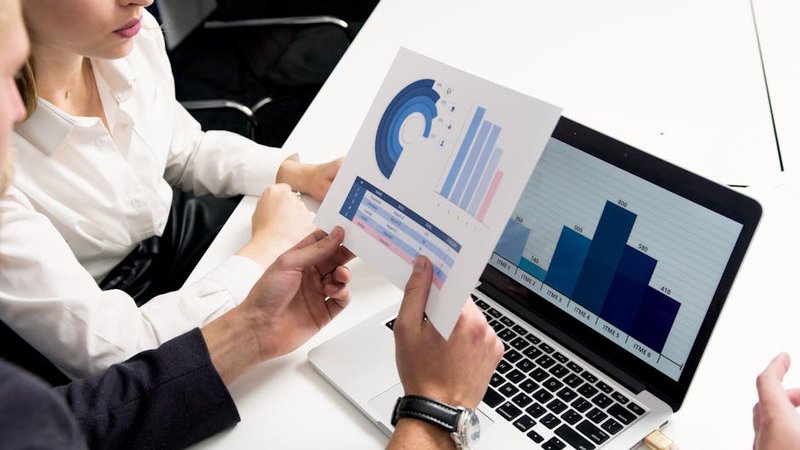Timothy Saunders: Mr. Tesla, it’s an honor to speak with you today. I’ve been researching smart sensor technology and its applications in modern cities. Given your pioneering work in wireless technology, I’m curious about your thoughts on how sensors are transforming our urban environments.
Nikola Tesla: The honor is mine, Mr. Saunders. You speak of these “smart sensors” as if they are novel, but they are merely the natural progression of what I envisioned long ago. In 1926, I predicted a world where devices would be wireless and interconnected. “When wireless is perfectly applied,” I said, “the whole Earth will be converted into a huge brain.”
Timothy Saunders: That’s remarkably prescient. Today’s smart sensors are indeed creating something like a planetary nervous system. The recent developments from companies like Apple and Amazon seem to be pushing this integration even further into our homes.
Nikola Tesla: [Adjusts posture, eyes brightening] Indeed! Though I find it curious how these corporations approach the problem. Their devices—these “Home Hubs” and “Alexa” systems—they are centralized points of control. My vision was more… distributed. Tell me about these hubs. What principles of electromagnetic resonance do they employ?
Timothy Saunders: The technology has evolved beyond what you might recognize. These hubs use wireless protocols like Thread and Matter to communicate with various sensors throughout a home. Apple’s upcoming Home Hub, for instance, is rumored to include cameras and high-quality speakers, potentially with robotics that can follow a user during video calls.

Nikola Tesla: [Leaning forward with intensity] Fascinating! The robotics aspect particularly intrigues me. You know, in my time I created remote-controlled boats—what you might call the first unmanned vehicles. I demonstrated one in Madison Square Garden in 1898. The principle was simple: wireless transmission of control signals. But these modern devices, they contain their own intelligence?
Timothy Saunders: Yes, they use artificial intelligence to learn patterns and anticipate needs. Amazon’s new Alexa, for instance, remembers context from conversations and can proactively suggest actions based on your habits.
Nikola Tesla: [Slight frown] This learning capability… it reminds me of my thoughts on automata. I once wrote that “I have by every thought and act of mine, demonstrated that I am an automaton endowed with power of movement, which merely responds to external stimuli.” These modern automata appear to be creating their own stimuli based on observation.
Timothy Saunders: That’s a profound connection. These systems do observe and then create their own responses. Do you see potential dangers in this technology?
Nikola Tesla: [Expression serious] Where there is power, there is always danger, Mr. Saunders. These systems collect intimate details of human life—temperature preferences, daily schedules, conversations. In my time, I was deeply concerned with the ethical application of technology. I refused to pursue certain inventions because I feared their misuse.
The electromagnetic fields these devices generate—are they properly shielded? And who controls the data they collect? These are not merely technical questions but moral ones.
Timothy Saunders: Those concerns remain at the forefront today. Companies implement various privacy measures, but the fundamental questions persist. Apple, for instance, emphasizes on-device processing to minimize data leaving the home.
Nikola Tesla: [Nodding thoughtfully] A wise approach. I always believed that technology should serve humanity, not subjugate it. The potential of these sensor networks is extraordinary—imagine cities that adjust their energy consumption automatically, or homes that maintain perfect health conditions without waste.
Timothy Saunders: That’s exactly where the industry is heading. Smart cities are implementing sensors for everything from traffic flow to air quality monitoring. The efficiency gains could be transformative for sustainability.

Nikola Tesla: [Eyes gleaming] You see, Mr. Saunders, this validates what I knew a century ago! Energy and information are fundamentally linked. When I proposed wireless power transmission, I was also describing wireless information networks. These sensors you describe—they are merely eyes and ears for the global energy system I envisioned.
Timothy Saunders: It’s remarkable how your vision continues to materialize. What advice would you give to those developing these technologies today?
Nikola Tesla: [Leaning back, speaking deliberately] Remember that technology without humanity is meaningless. I dedicated my life to inventions that would free human beings from drudgery. These sensors and systems should do the same—they should expand human potential, not merely collect data or sell products.
And never neglect the physics! Understanding the fundamental principles of energy and resonance—this is crucial. Too many modern inventors are like cooks following recipes without understanding the chemistry of their ingredients.
Let these devices speak to one another through the ether, but ensure they speak for humanity’s highest good. That is the true challenge of your age.



